How do I lower the pH in my aquarium?
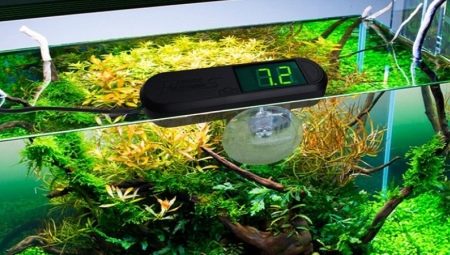
Beginner hobbyists sometimes just take their heads off the number of different things to consider before introducing fish. This is the shape of the aquarium, and its size, and lighting parameters, and water hardness, and many other characteristics. One of them, which is of great importance, is the pH level of the water.
What it is?
Many do not attach much importance to this indicator. This is a mistake, because it is he who significantly affects the comfort of the stay of fish and plants in the tank. PH is an extremely important characteristic, because this scale is an indicator of the level of alkalinity and acidity of water.
In fact, it gives an idea of how many hydrogen ions or hydroxyl groups are contained in a liquid.
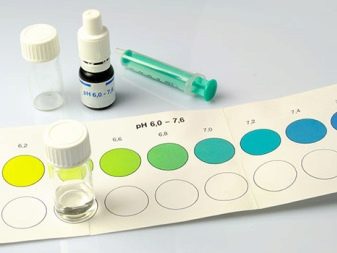
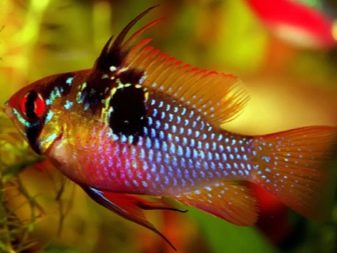
Why is the indicator important?
Many experts assume that the slightest change in it has an extremely detrimental effect on the inhabitants of the aquarium. After all, water with a pH of 6.5 will be much more acidic than water, which has an indicator of 0.1 points more. For some reason, it is believed that all representatives of the fauna in natural conditions live in water with a relatively narrow and stable pH level. Therefore, aquarists assume that fish do not have the ability to adapt to changes in these indicators and, at the slightest deviation, die immediately.
In fact, the pH level of water under natural conditions is quite unstable. For example, in the Indian Ocean, this parameter will be higher during the day than at night. It is also higher in spring and decreases in autumn. This is due to the entry of leaves into the water and their subsequent rotting, as well as various precipitation, in particular, monsoon rains.
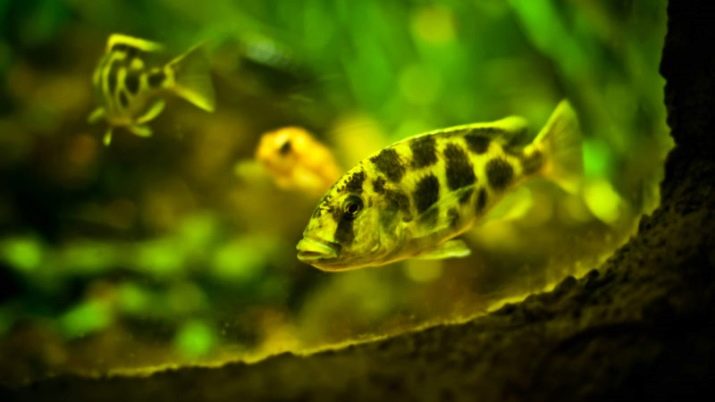
Acidity rates
Acidity standards range from 0 to 14.The minimum level is 0.14. This means that water has the highest alkalinity. A neutral environment will be at 7. A low pH indicates a high content of hydrogen ions, which is why the water is acidic. A high pH value indicates a high content of hydroxide ions, which will make the water alkaline. And neutral will have a neutral pH. It is so with an indicator in the range of 5.5 - 7.5.
Most fish live in water with a pH of 5.5 to 9. But there are species that can adapt to deviations of this indicator, both upward and downward. In general, the inhabitants of the aquarium will calmly react to the fact that the water does not correspond to the required one according to this indicator. When keeping fish, the characteristic does not matter too much. But if we are talking about breeding, then the role of the value of the acidity of water is difficult to overestimate.
Many spawning specimens require pH neutralization. This allows for the stimulation of fish farming.
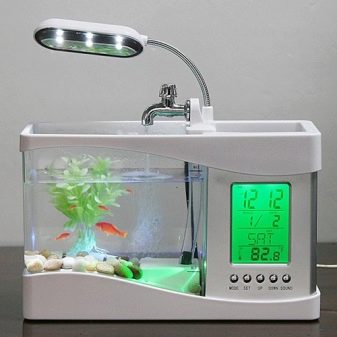
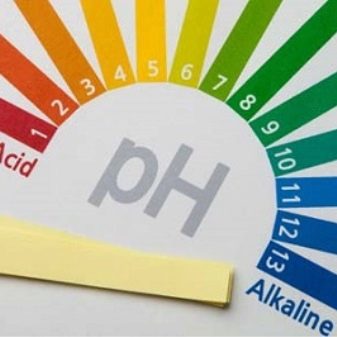
Means to reduce
Before considering this issue, one should understand why a decrease in this level is generally considered, and not an increase. The fact is that in most cases tap water is used for aquariums. Its pH is relatively stable at 8. For almost all fish species, this will be comfortable. But if we talk about keeping some more demanding fish, for example, Ramirez's apistograms, discus or some labyrinths, then you will have to change the hardness of the water and lower the water pH level. You can use the following methods for this.
- Aeration of water. If 20 liters of water are aerated for about 4 hours, the level will rise from 7.8-7.9 to 8.6.
- Adding decorations to the ground. The soil that is in the container plays a serious role in the formation of the indicator under consideration. Any adornments or attributes - fossils, corals, driftwood - can increase water hardness, and therefore affect the change in the considered characteristic.
- Adding nitrates. This method is not recommended, but it is sometimes used. Nitrates lower the pH value. But the more their content in the container, the more harm is done to fish and algae.
- Increase in water temperature. This will increase its acidity.
- A change in the amount of water in the reservoir causes fluctuations in the considered characteristic.
- Plants can lower the pH level. It will be very noticeable day and night. Light determines the process of photosynthesis in plants. CO2 is being absorbed, oxygen is evolving. This increases the indicator under consideration. And at night, the flora of the aquarium breathes, and oxygen is absorbed, which regulates this characteristic in the opposite direction.
- Artificially increasing the level of carbon dioxide in the tank, which is usually done to accelerate plant growth, also reduces the parameter under consideration.



How to reduce?
One of the ways to lower the level of this indicator will be driftwood. The essence of the method is that wood produces tannins that oxidize water. To implement this method, you will need to take either one large snag or several small ones and rinse them well in tap water. After that, they should be lowered to the bottom of the aquarium with fish. A slow and systematic decrease in the indicator under consideration will begin, which will be a serious advantage, because the fish will not feel anything.
Another way is to use peat or its crumbs. You can buy it at any pet store or garden store. It should be placed in a small bag and placed in the aquarium filter. If there is no filter or it is not possible to place it there, then a lining is carried out under the ground. It is changed every 2 weeks. Peat plays the same role as driftwood - it gradually lowers the pH level. The only thing is to make sure that the peat placed under the ground does not start to rot. There are also 2 methods for adding peat to the tank:
- like a decoction;
- in the form of an extract.
If the option with a decoction was chosen, then to prepare it, you should boil the peat in distilled water. There should be about 5 grams of peat per liter of water. This should be done for about 30 minutes, until the water turns dark brown. The resulting broth should be passed through a sieve so that no impurities remain in it. It is poured into the aquarium in small portions so that it is distributed as evenly as possible.
And the pH level should be checked constantly. The lowest limit to which it is recommended to bring the level in this way is 6.


If you have decided to add peat extract, it is worth knowing that it is a liquid conditioner that allows you to create the so-called "black water" effect, which is usually found in river basins in South America. The extract is made on the basis of peat extract, it also contains tannin, humic acids and hormones. Its use allows you to have a beneficial effect on fish, as well as improve plant growth.
It allows you to facilitate the care of the most fastidious and valuable species of fish, as well as create conditions for reproduction. The use of this extract on a permanent basis makes it possible to somewhat reduce the light transmission of water, due to the arrest of algae growth. In addition, this extract has an antibacterial and antifungal effect on water.
Another way is to use alder broth. This requires taking the brown cones of this tree. The more there are, the richer and more high-quality the broth will be. If acidification of water is required to be carried out quickly, then the broth will need to be made from 6 cones. In 17 days, it will reduce the acidity of the water by about 3.8 points. But here you need to understand that a sharp decrease will lead to stress in fish. Therefore, if the situation is not critical, then it is better to make a decoction of 1-2 cones and lower this indicator gradually.
Another method to reduce water acidity is to lower the hardness of the water. The fact is that high carbonate hardness makes water practically immune to various acidity control technologies. If the methods described above do not give a positive effect, or it is not as pronounced as we would like, then you can put a reverse osmosis filter. Thanks to it, it is possible to reduce the degree of carbonate hardness of the water, reducing the content of minerals. An acid is then added to the water to lower the pH. Orthophosphoric is usually used. And then the hardness of the water is restored with the help of special mineral additives.

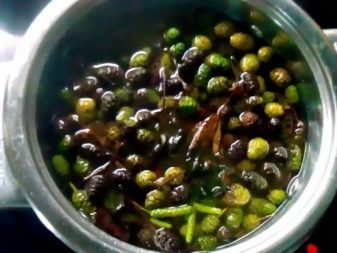
There is another way - adding tea. It is rich in tannins, amino acids and alkaloids, which together can help lower the pH of your aquarium water. But before using it, it is necessary to measure the exact value of this indicator. If we talk about black tea, then 100 liters of water usually need to be poured from 40 to 70 milliliters of the drink. When using green, the concentration should be significantly lower, because it is more saturated with the indicated substances.
If the dosage is exceeded, it is necessary to replace part of the water with fresh water as soon as possible, increase its aeration and pour in about 25 milliliters of hydrogen peroxide per 100 liters of water. This will help minimize the effect of green tea on your aquarium inhabitants. In general, there are many ways to lower the pH in an aquarium. But before using any of the above methods and methods, you need to know exactly the pH level in the aquarium.
In addition, it will not be superfluous to consult with a specialist who will tell you which method will be most effective for a particular case.
For information on how to lower the pH in an aquarium, see the next video.








